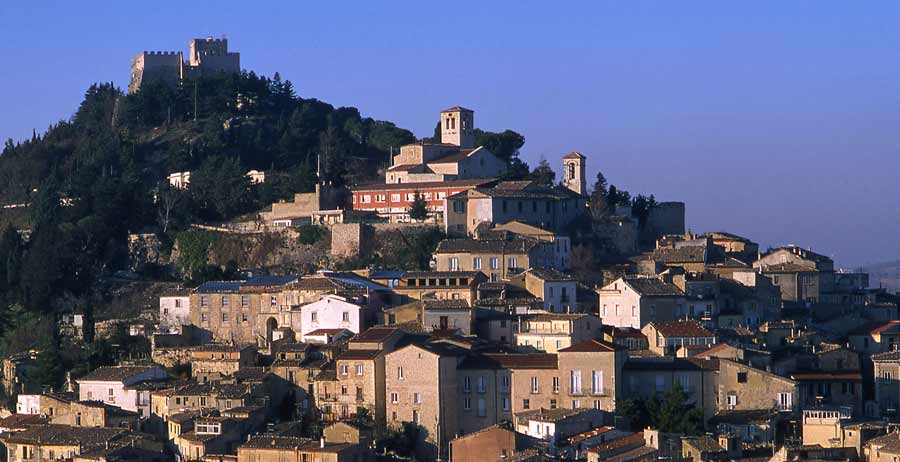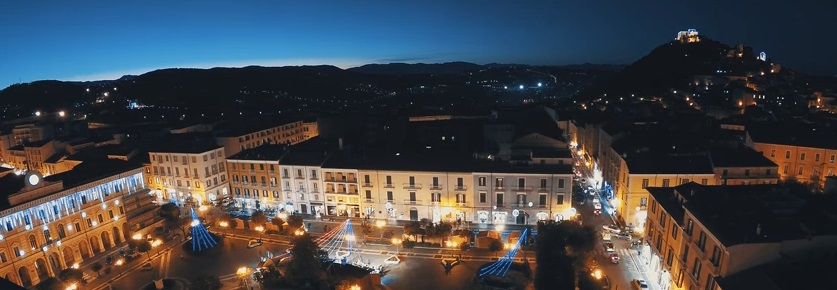



The city of Campobasso, probably of Lombard origin, is located in the area between the Biferno and Fortore rivers. The historic center collects numerous testimonies from different historical periods, from the thirteenth-century church of San Leonardo, to the fifteenth-century Monforte castle, and the neoclassical cathedral of the Holy Trinity.

The city is home to the University of Molise, a Carabinieri students school and a State Police student school, as well as being the metropolitan archbishopric of the Catholic Church (archdiocese of Campobasso-Boiano).
The hypogea, obtained over the centuries by the work of man, represent a hidden reality of the ancient village.
Much of the stone was extracted in order to build the buildings for which one can imagine the existing volumes in the subsoil.

Following the catastrophic earthquake of 1456, Count Cola di Monforte designed the new city, with a defensive structure, equipping it with double walls, interrupted by the doors that gave access to the village.
He used the existing gaps by connecting them together and making them functional to a military logic. A cobweb of tunnels, a sort of "network" in medieval times that allowed rapid communication from several points.
Among the undergrounds photographed, there are some sections of the ancient walkway that allowed the garrisons to move quickly from one tower to another and from the surrounding walls to the upper part of the hill. On this reliable hypothesis, the Association directs research with the aim of retracing the legendary passage that allowed the extreme escape in case of prolonged sieges.

Over the centuries, the basements have undergone various destinations: towards the end of the 15th century, with the expansion of the village and the establishment of the customs house for the edict of Ferrante d'Aragona, the flour and salt stores were opened, of meats.
During the Second World War they were used as air raid shelters.
In the sixties they were used as discos and meeting places for young people, due to the size of the premises and the acoustic insulation.
Subsequently abandoned and no longer used for social purposes, they were identified as landfills of building materials following renovations. They are currently highly sought after to make them usable as pubs and restaurants.
Campobasso
Address: Piazza Vittorio Emanuele 29
Phone: 0874 4051
Site:
http://www.comune.campobasso.it/Location inserted by
BBCC